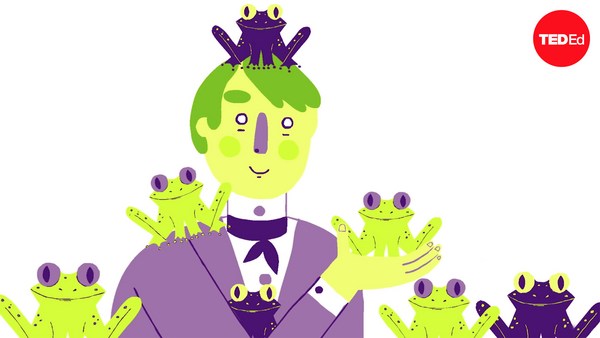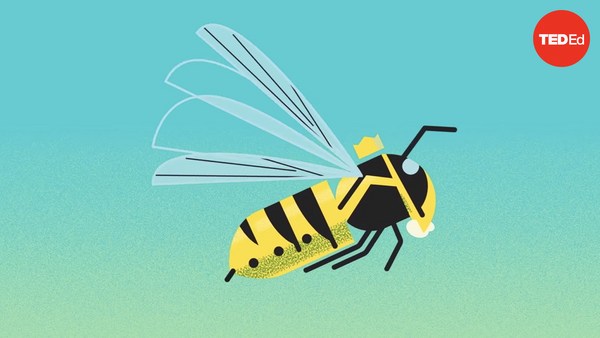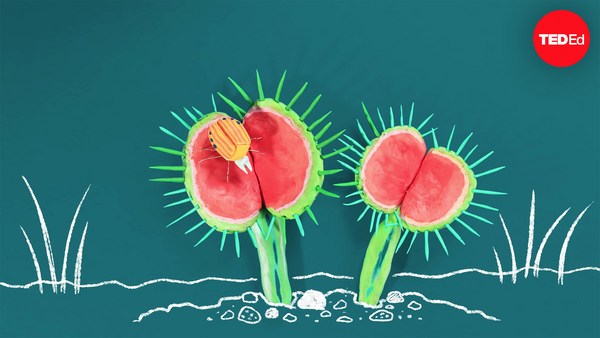Welcome to It Hurts!
One of these creatures is thought to possess the world’s most painful insect sting. If you were to guess, would it be: the ant that forages in rainforest canopies? The bee that protects a hive of delectable honey? Or the wasp that paralyzes tarantulas? Let’s find out!
Ant, bee, and wasp venoms contain a variable cocktail of compounds designed to incite unsavory sensations and even compromise bodily functions. Entomologist Justin O. Schmidt’s sting pain index describes and ranks the pain of around 100 kinds of insect stings. One of our three competitors claims the nastiest one.
First, let’s consider the Western honeybee’s sting, Schmidt says it’s like “a flaming match head has landed on your arm and is quenched first with lye and then sulfuric acid.” This discomfort is accomplished with venom that’s packed with a pain-causing peptide called “melittin” and flesh-softening enzymes that disperse the venom. These enzymes may also cause allergic reactions and even lead to fluid buildup in the lungs. Because worker honeybees have barbed stingers that burrow into certain victims, they usually can't sting without leaving part of their bodies behind, which ultimately kills them. Since only the queen bee has the ability to reproduce, a worker bee’s self-sacrifice helps ensure that the colony— and their genes— will prevail. But before they go, they release an alarm pheromone that activates a mass attack and often targets some of the most vulnerable sites on their victim’s body.
The tarantula hawk wasp sting is, as Schmidt says, “blinding, fierce, shockingly electric ... A bolt out of the heavens. Lie down and scream.” The sensation might last just 5 agonizing minutes for humans, but it leaves tarantulas— the wasp’s preferred target— permanently paralyzed. After the wasp stings a tarantula, aiming for a crucial bundle of nerves, it lays an egg on the immobilized spider. Once hatched, the wasp’s larva spends its formative days in the bountiful environment of the tarantula’s body— devouring it alive. Aside from paralyzing the tarantula, the wasp’s sting doesn’t seem to do further harm. This functions to preserve the spider as fresh meat for the wasp’s offspring.
The rainforest-dwelling bullet ant’s sting yields
“pure, intense, brilliant pain. Like walking over a flaming bed of charcoal with a 3-inch nail embedded in your heel,” according to Schmidt. And this torture often lasts more than 12 hours. A neurotoxic peptide called poneratoxin that our bodies struggle to degrade is what makes the pain last so long. In addition to agony, poneratoxin can induce trembling, cold sweats, nausea, vomiting, and even an abnormal heartbeat.
The bullet ant is, in fact, crowned with the most painful insect sting. It's thought that they may have evolved such an excruciating defense because they forage in rainforest canopies loaded with predators looking for proteinaceous snacks. They can’t simply jump or fly away, so perhaps they’re better off with this reliable, rather off-putting weapon. The tarantula hawk wasp’s formidable sting clocks in as the second most painful on the scale. And it’s likely the reason this wasp has no known predators. Honeybee stings are in the middle of the pain scale. But when many sting simultaneously, what might’ve felt manageable at first becomes all the more dangerous. In fact, insect stings helped enable the evolution of complex colonies that would otherwise represent an easy feast to predators.
Some stinging insects are, of course, more aggressive than others, but most of the time, they only sting us when we provoke them. The truth hurts.


